STEREO observes one of the fastest coronal mass ejections on record (w/ Video)
a bit late don't you think 
from: http://www.energeticforum.com/genera...res-sun-2.html
--------------------------------------------- Love these kind of findings  as we have discussed them previously http://www.energeticforum.com/psychi...tml#post173113
as we have discussed them previously http://www.energeticforum.com/psychi...tml#post173113
New system could predict solar flares, give advance warning
and it applies to you too Fellow Fractal Antenna see next post 
On July 23, 2012, a massive cloud of solar material erupted off the sun's right side, zooming out into space, passing one of NASA's Solar TErrestrial RElations Observatory (STEREO) spacecraft along the way. Using the STEREO data, scientists at NASA's Goddard Space Flight Center in Greenbelt, Md. clocked this giant cloud, known as a coronal mass ejection, or CME, as traveling between 1,800 and 2,200 miles per second as it left the sun.

from: http://www.energeticforum.com/genera...res-sun-2.html
Originally posted by IndianaBoys
View Post
 as we have discussed them previously http://www.energeticforum.com/psychi...tml#post173113
as we have discussed them previously http://www.energeticforum.com/psychi...tml#post173113New system could predict solar flares, give advance warning
(Phys.org) -- Researchers may have discovered a new method to predict solar flares more than a day before they occur, providing advance warning to help protect satellites, power grids and astronauts from potentially dangerous radiation.
The system works by measuring differences in gamma radiation emitted when atoms in radioactive elements "decay," or lose energy. This rate of decay is widely believed to be constant, but recent findings challenge that long-accepted rule ( same method used to carbon-date ancient artifacts .
 )
)
The new detection technique is based on a hypothesis that radioactive decay rates are influenced by solar activity, possibly streams of subatomic particles called solar neutrinos. This influence can wax and wane due to seasonal changes in the Earth's distance from the sun and also during solar flares, according to the hypothesis, which is supported with data published in a dozen research papers since it was proposed in 2006, said Ephraim Fischbach, a Purdue University professor of physics.

 )
)The new detection technique is based on a hypothesis that radioactive decay rates are influenced by solar activity, possibly streams of subatomic particles called solar neutrinos. This influence can wax and wane due to seasonal changes in the Earth's distance from the sun and also during solar flares, according to the hypothesis, which is supported with data published in a dozen research papers since it was proposed in 2006, said Ephraim Fischbach, a Purdue University professor of physics.







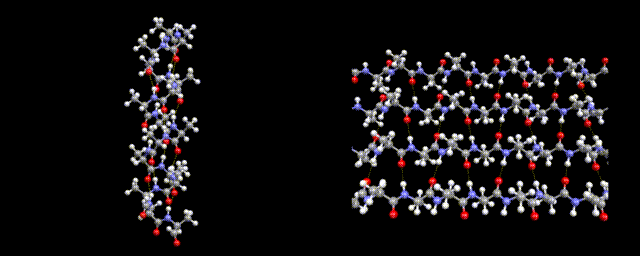




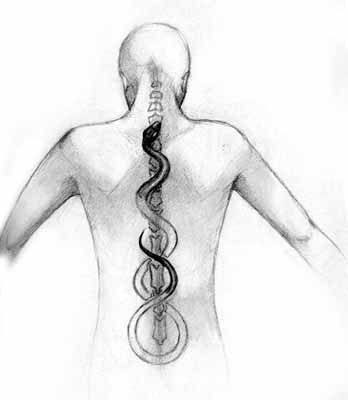


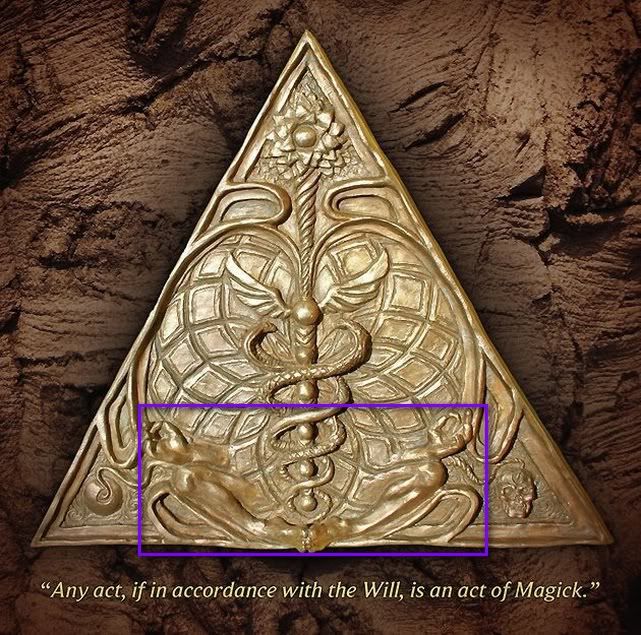


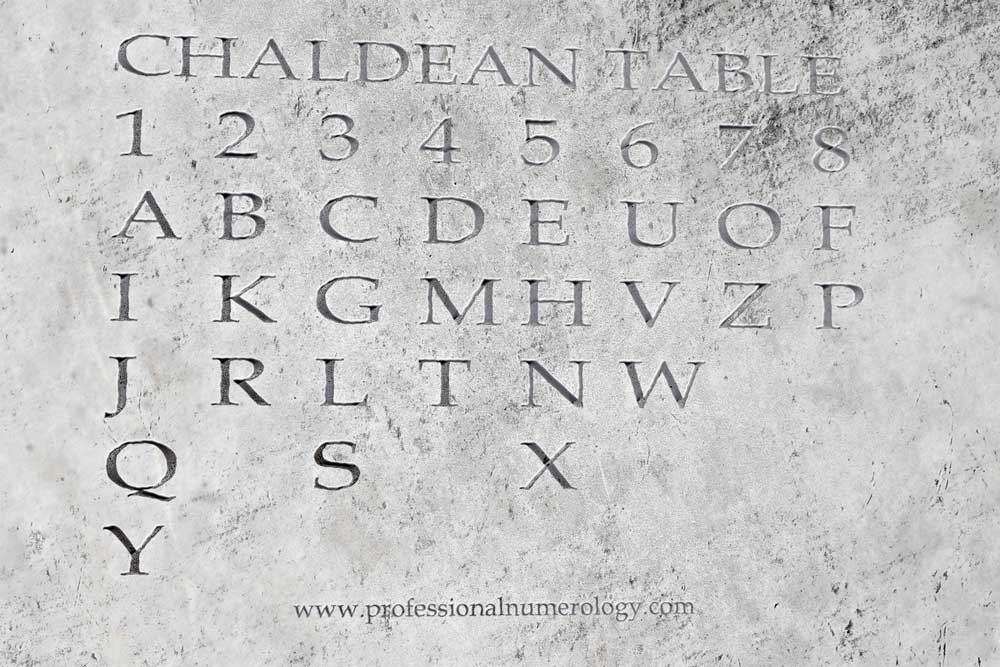


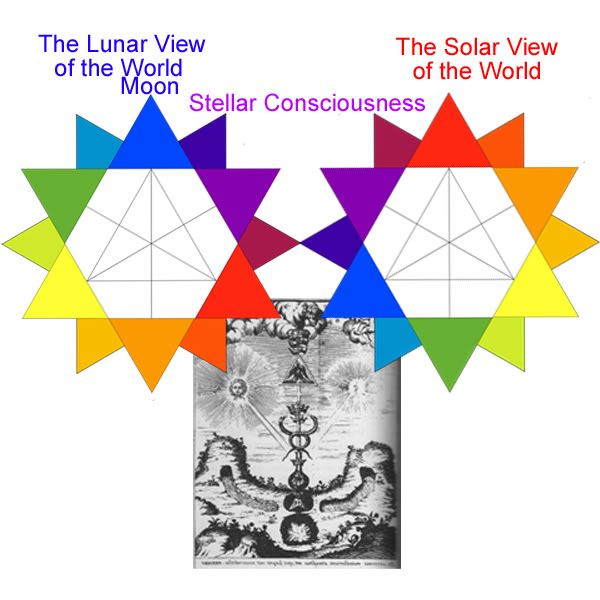




 (usually food )
(usually food )





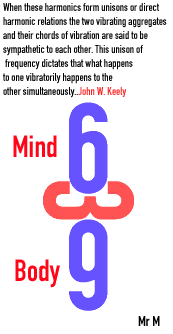

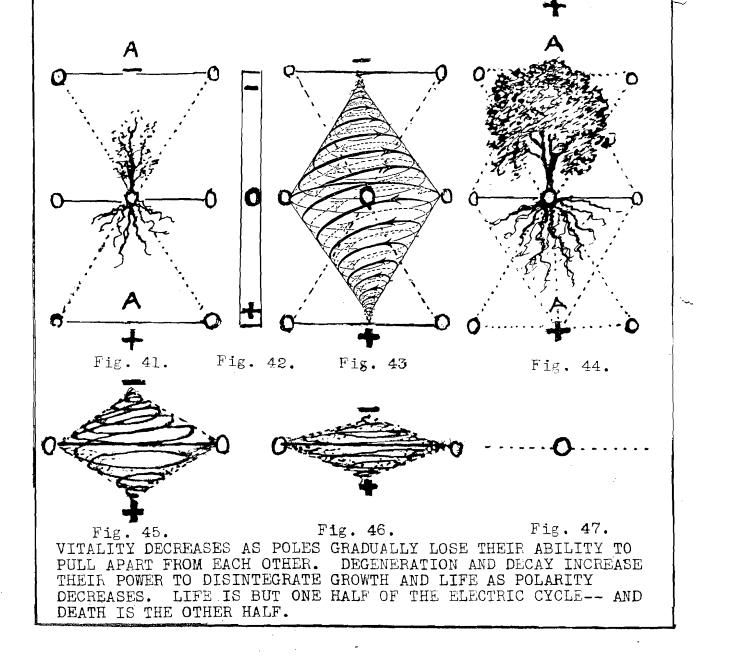
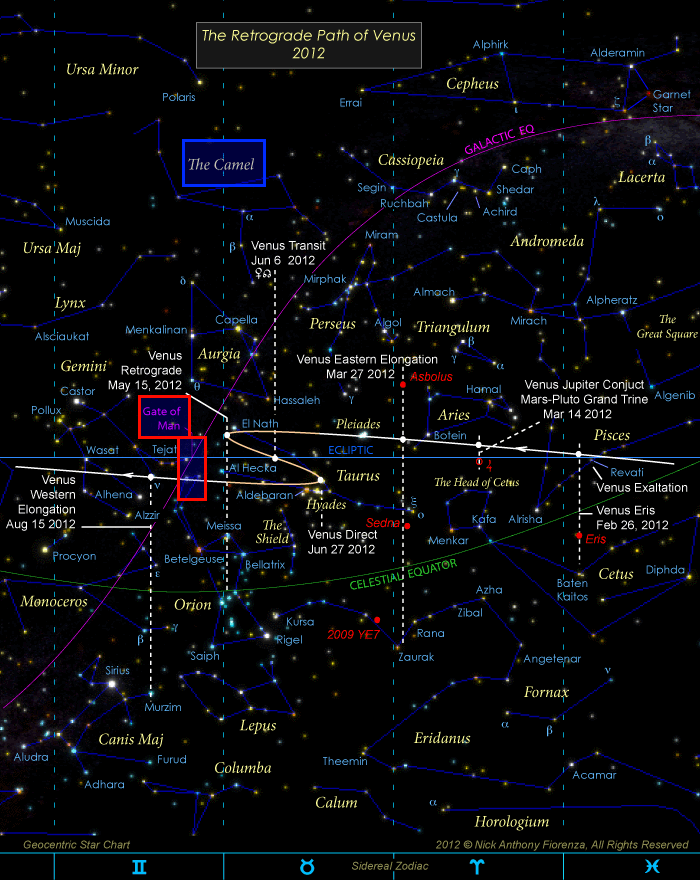






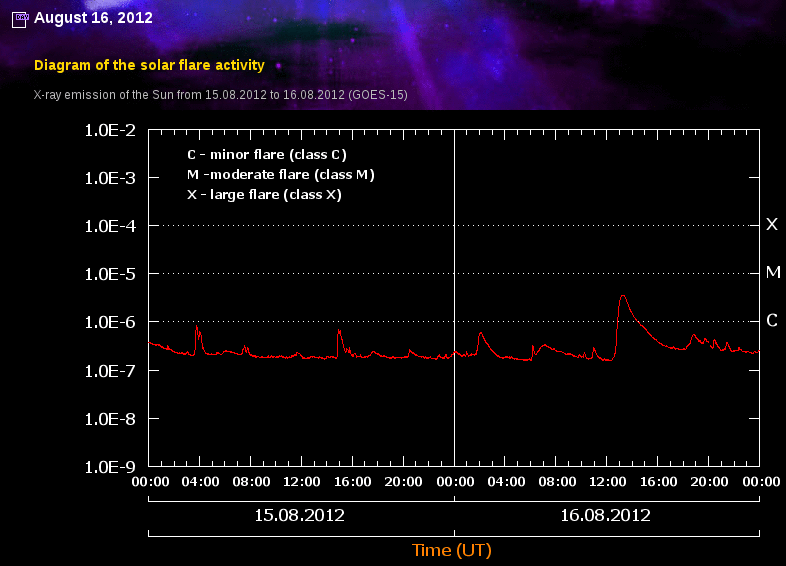

Comment